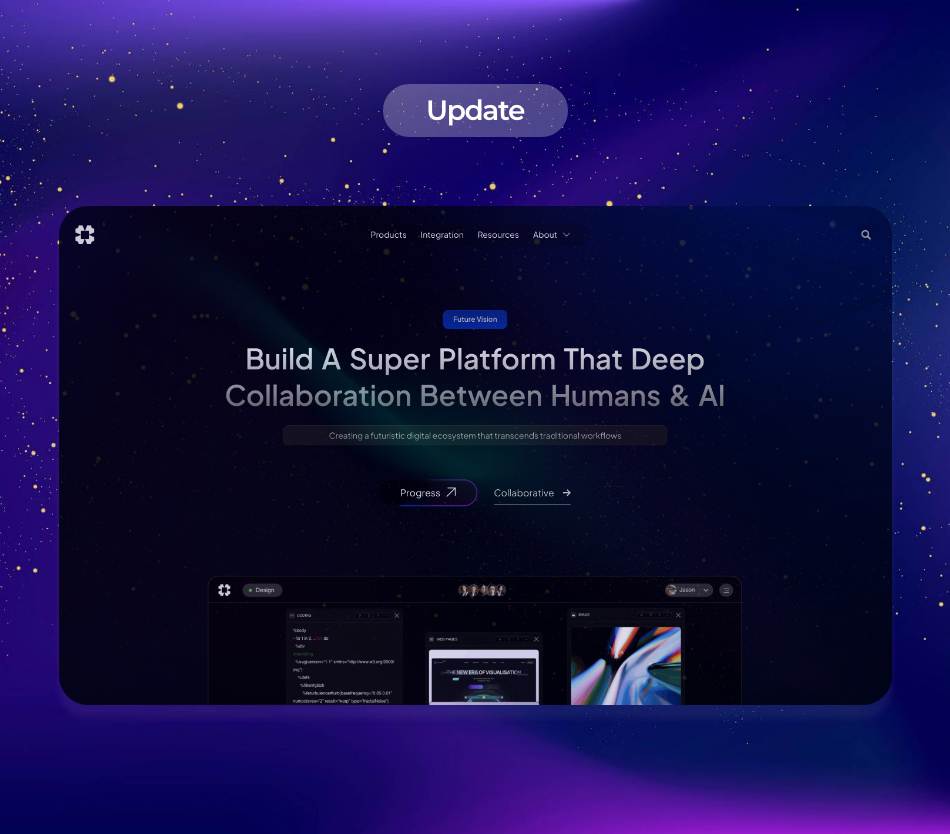In recent years, the demand for more intelligent and interactive computing experiences has skyrocketed, leading to the emergence of AI-driven operating systems (AIOS). These systems leverage sophisticated artificial intelligence technologies not only to enhance user experience but also to optimize performance, security, and functionality. The integration of augmented reality (AR) and contextual AI within AIOS marks a significant shift in how we interact with devices. This article seeks to explore the latest trends, industry applications, and technical insights that are redefining operating systems today.
The concept of AI-driven operating systems encapsulates a range of applications across various industries, utilizing advanced algorithms to think, learn, and adapt based on user behavior and environmental interactions. One of the most compelling aspects of this technology is how it fosters a more intuitive user experience, allowing users to accomplish tasks with minimal effort. By anticipating what users need, AIOS can streamline workflows and reduce cognitive load.
AIOS utilizes machine learning algorithms to analyze data patterns, which helps in making predictive decisions about user preferences and behaviors. This capability transforms traditional operating systems into intelligent assistants that can adapt to individual user needs. Moreover, with the integration of contextual AI, these systems can provide real-time insights based on user circumstances, enhancing productivity and decision-making processes.
**Augmented Reality in AIOS: Bridging the Virtual and Real Worlds**
Augmented reality (AR) technology complements AI-driven operating systems in impressive ways, allowing users to enhance their interactions with digital environments. AIOS equipped with AR capabilities have the potential to transform fields ranging from education to healthcare. For instance, AR can be integrated into training modules, allowing users to visualize complex information in a user-friendly manner. This provides not only a more engaging experience but also improves retention of information.
In the realm of healthcare, the fusion of AR and AIOS is being harnessed to improve surgical procedures. Surgeons are beginning to leverage AR to visualize anatomical structures in real-time, displayed over their field of view. This increases precision and reduces the likelihood of errors. The AI component is indispensable here, as it helps model complex anatomical variations and refine visualizations based on a patient’s real-time data.
Additionally, in retail settings, businesses are implementing AR within AIOS to create interactive shopping experiences. Shoppers can visualize how products will look in their spaces before making a purchase decision, driven by contextual AI that provides personalized recommendations based on browsing habits and previous purchases.
**Contextual AI: A Game Changer for User Interactions**
The integration of contextual AI into operating systems takes user experience to another level. Contextual AI understands the meaning behind user actions and the environment in which they operate. By analyzing various data points—such as location, time, user behavior, and even biometric data—contextual AI can offer personalized interactions that are relevant and timely.
For example, contextual AI can modify UI elements based on where a user is located. If someone is in a public setting, the AI may enhance security features while minimizing notifications to reduce distractions. Similarly, in an enterprise environment, AIOS can tailor software interfaces to suit the tasks at hand, facilitating smoother transitions between multitasking activities.
This capability of contextual AI is vital in industries such as logistics and supply chain management. With real-time tracking capabilities and data integration, AI-driven operating systems can optimize routing and scheduling, directly influencing cost efficiency and customer satisfaction. This dynamic approach to operations allows businesses to remain agile and responsive to ever-changing demands.
**Industry Applications and Use Cases for AIOS**
Artificial intelligence, augmented reality, and contextual awareness form a triumvirate of capabilities that drive the application of AIOS across different sectors. Here are some compelling industry use cases that exemplify how AI-driven operating systems are making waves:
1. **Education**: AIOS can personalize learning experiences by analyzing students’ interactions and performance. For instance, platforms like Microsoft’s “Minecraft: Education Edition” utilize AI and AR to foster collaborative and immersive learning environments. By adapting content delivery according to the learner’s pace and preferences, educators can contribute to better educational outcomes.
2. **Healthcare**: Beyond surgery, AIOS with contextual AI applications can also assist in patient monitoring. Wearable devices can communicate with AI-driven systems to provide health practitioners with real-time data on patients’ vital signs. Hospitals leveraging such enhanced capabilities can diagnose conditions more swiftly and reduce potential complications.
3. **Gaming**: The gaming industry stands at the forefront of AIOS integration with AR. Titles like “Pokémon GO” have demonstrated the potential for interactive gaming that blends seamlessly with the physical world. Game developers are now focusing on creating immersive experiences where AI not only responds to user interactions but shapes the gameplay by adjusting challenges based on user skill levels.
4. **Manufacturing**: Smart factories equipped with AIOS can optimize production workflows through predictive maintenance. AI-driven systems that analyze data from machinery can predict failures before they happen, thus reducing downtime and improving overall operational efficiency. This integration fosters a proactive culture that significantly benefits manufacturing processes.
5. **Finance**: Financial institutions are adopting AIOS to enhance customer interactions and improve fraud detection. Contextual AI can analyze spending habits and alert users about potential security breaches in real time, significantly increasing financial security for customers.
**Technical Insights and Future Directions**
As we delve deeper into the technical aspects of AI-driven operating systems, it becomes clear that developing AIOS relies on several core challenges, including data privacy, machine learning model accuracy, and system interoperability. Continuous advancements in machine learning algorithms and hardware capabilities will be crucial in overcoming these hurdles.
Another important aspect of AIOS is software development. Companies are increasingly investing in the creation of agile frameworks that can support AI integration. This trend calls for skilled professionals who understand both AI development and traditional operating systems, leading to a rise in specialized training programs and academic curricula.
Looking ahead, we can expect to see even broader applications for AI-driven operating systems. As businesses increasingly prioritize customer experience and efficiency, the demand for AIOS equipped with AR and contextual AI will surge. Innovations in voice recognition, natural language processing, and computer vision will contribute enormously to refining user interactions through AI-driven platforms.
In conclusion, the emergence of AI-driven operating systems represents a paradigm shift in the digital landscape. With the integration of augmented reality and contextual AI, these systems are not just enhancing user experiences but are transforming industries. From improving education and healthcare to revolutionizing manufacturing and finance, the implications of AIOS are vast and profound. As technology continues to evolve, we can anticipate even more innovative applications that will further integrate AI-driven intelligence into our daily lives.
**Sources**:
1. “AI-Driven Operating Systems Are Changing the Way We Use Technology” – TechCrunch
2. “Augmented Reality Applications in Healthcare” – Stanford Medicine
3. “Contextual AI: The Next Big Thing in Artificial Intelligence” – Harvard Business Review
4. “The Future of Smart Factories: How AI is Changing the Manufacturing Industry” – McKinsey & Company
5. “AI in Education: Adaptive Learning Technologies” – EdTech Magazine



























